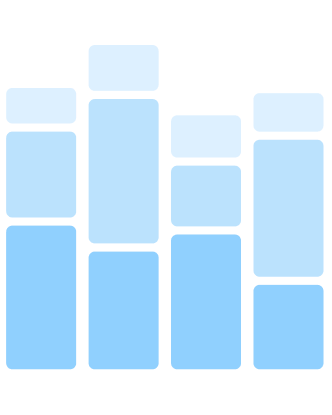BARC BI Survey 14
The BARC Business Intelligence Survey is the world's largest survey of business intelligence software users. In 2014, Tableau achieved top rankings in the categories of Recommendation, Collaboration, Data discovery/visualization, Ease of use, and Innovation, as well as leading status in many other categories. Read this report to see why The BARC ranked Tableau so highly.
We've also pulled out the first several pages of the whitepaper for you to read. Download the PDF on the right to read the rest.
Introduction
The BI Survey 14 is based on findings from the world's largest and most comprehensive survey of business intelligence end-users, conducted earlier this year. In total, 3,224 people responded to The Survey with 2,348 answering a series of detailed questions about their usage of a named product. Altogether, 34 products (or groups of products) are analyzed in detail.
The BI Survey 14 examines BI product selection and usage among users in areas including business benefits, costs, proportion of employees using the product, competitiveness, recommendation, innovation, performance, customer satisfaction and agility.
We asked several questions that helped us measure the business benefits derived from respondents’ deployments. The combined results were then used as a calibration tool – The Business Benefits Index (BBI) - which is widely used throughout The Survey to assess the correlation between various factors and the achievement of benefits.
Tableau Overview
Tableau is a business analytics company that has been a leader in data visualization. The company, founded in 2003 by Chris Stolte, Christian Chabot and Pat Hanrahan at Stanford University, is growing extremely quickly, with revenues increasing by over 80 percent in each of the last three years. Tableau reported revenues of $232m in 2013 (up 82 percent from the prior year) and as of June 2014 the vendor has over 21,000 customer accounts and 1,532 employees worldwide. The company went public in May of 2013.
Organizations employ Tableau in a broad range of use cases such as increasing sales, streamlining operations, improving customer service, managing investments, assessing quality and safety, studying and treating diseases, completing academic research, addressing environmental problems and improving education.
Tableau is one of the most popular visual exploration products in the world, geared to business users with good usability and simple installation. The vendor’s main product suite consists of Tableau Desktop, Tableau Server, Tableau Cloud and Tableau Reader. These are intuitive front-end tools enabling data analysis with drag and drop gestures that generate highly graphical and interactive representations of data coming in from a range of sources. The company’s server and cloud product can be used to distribute and administer interactive analyses, dashboards and reports, and manage metadata through web browsers or mobile apps. Additionally, the company provides a free online platform to author, publish and embed interactive visualizations though Tableau Public. This is typically geared to journalists and bloggers to develop data analysis with public data.
The core products use an underlying technology called VizQL that was invented by Tableau’s cofounders in the late 1990s. VizQL is a patented query language that translates visual, drag-and-drop actions into a database query and then expresses the response graphically.
Primary uses for Tableau range from data discovery to dashboarding, as well as all-purpose BI requirements. Customers choose Tableau based on its ease of use, visualization capabilities, data discovery features, and its innovativeness as a company.
